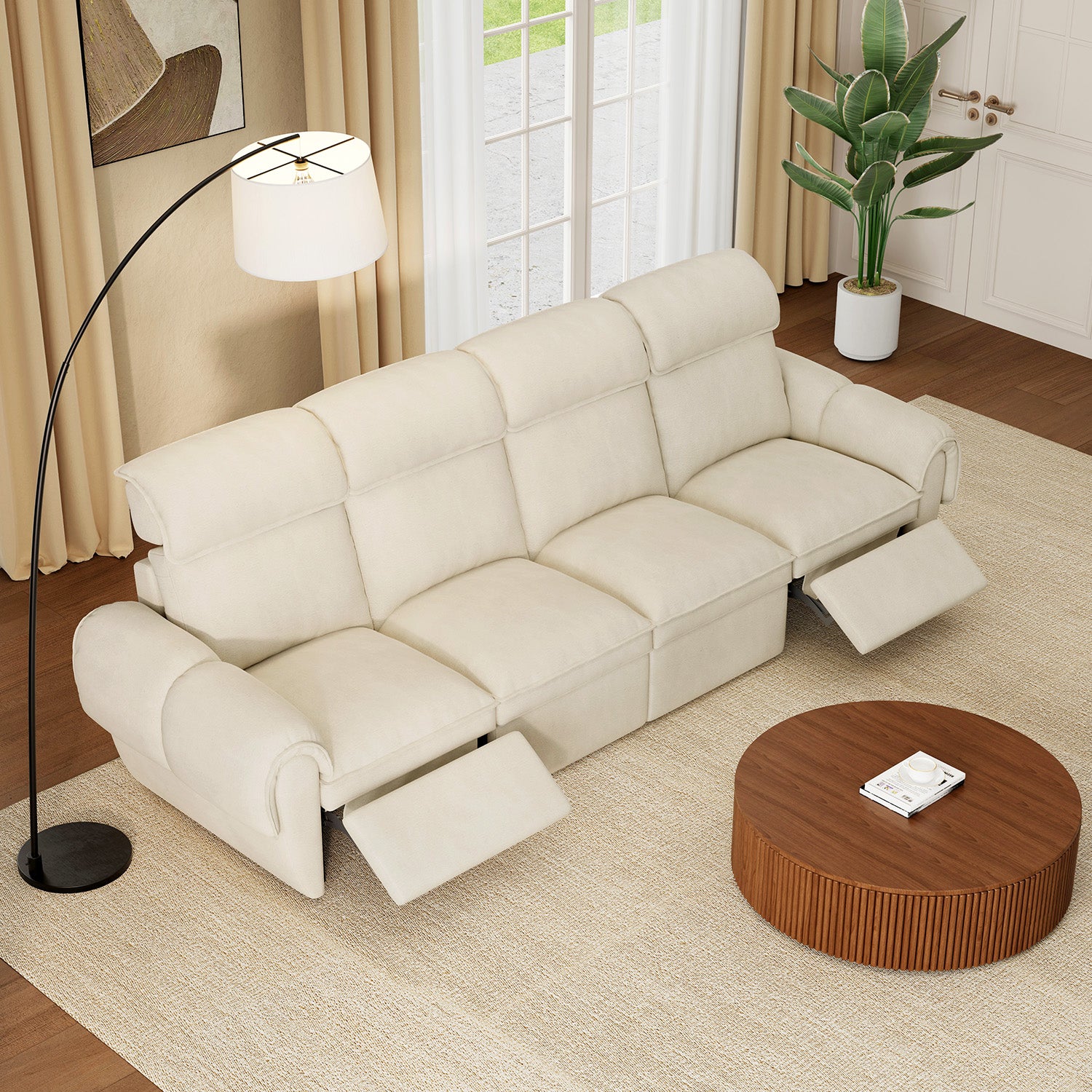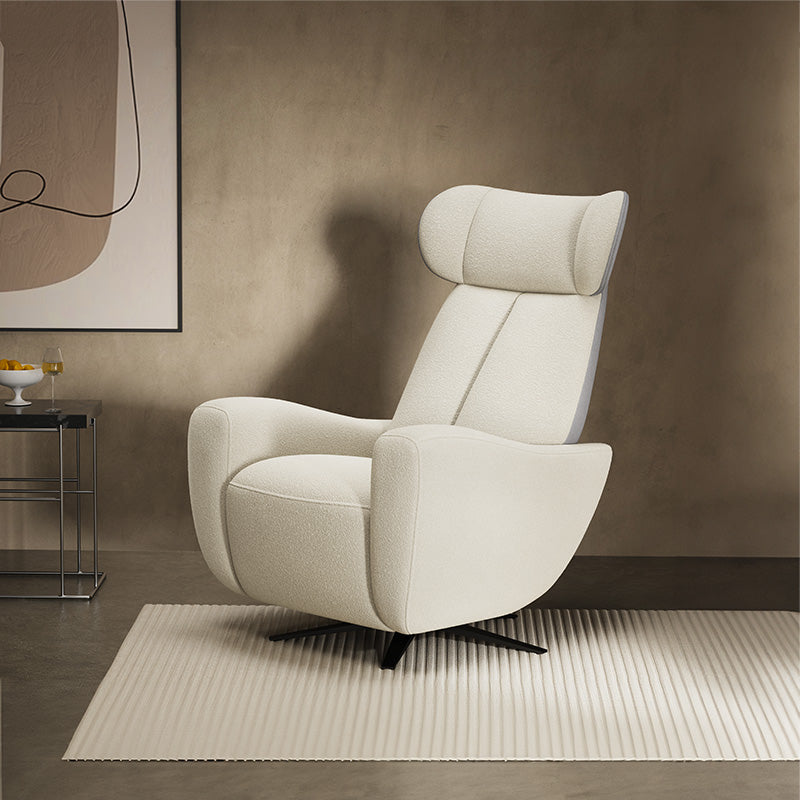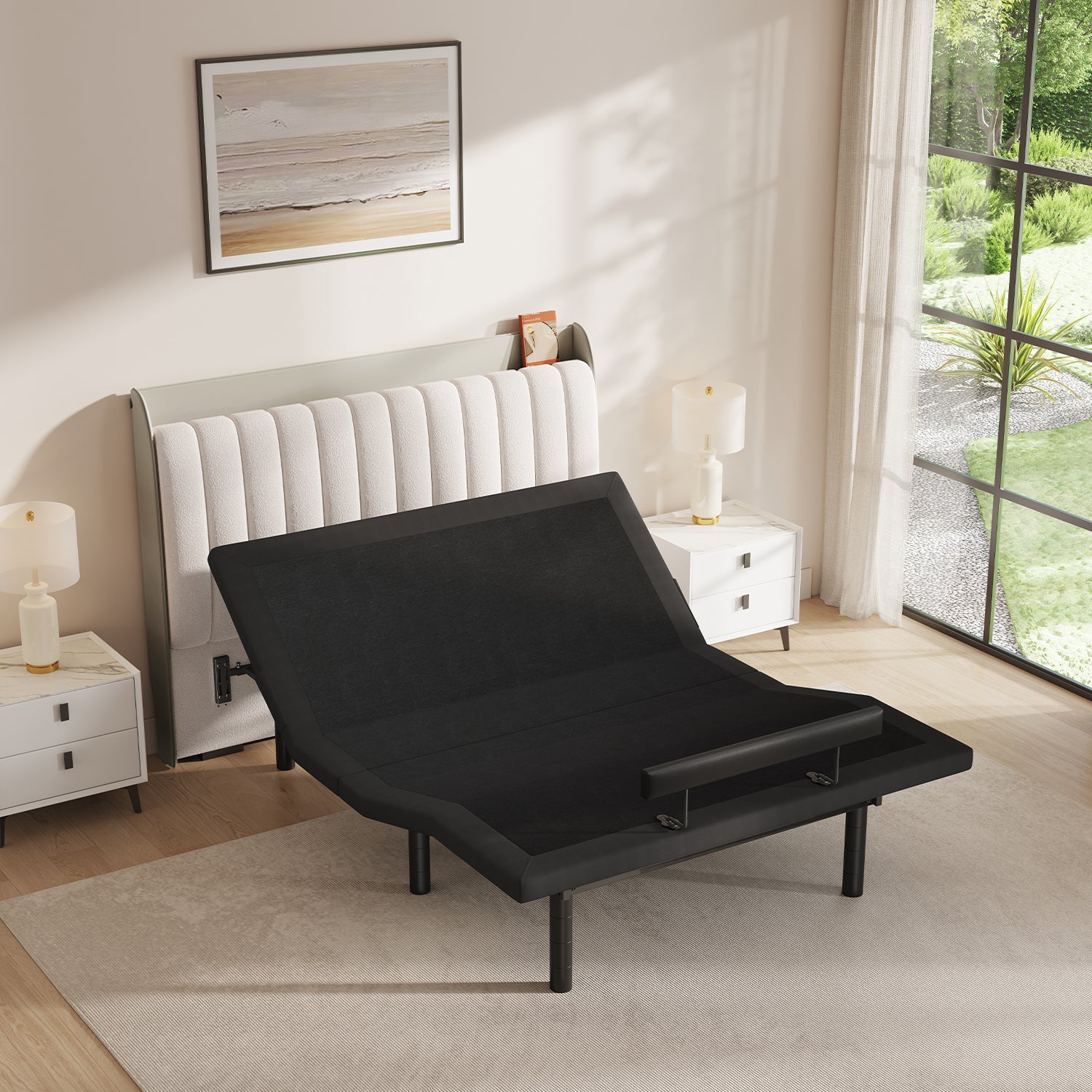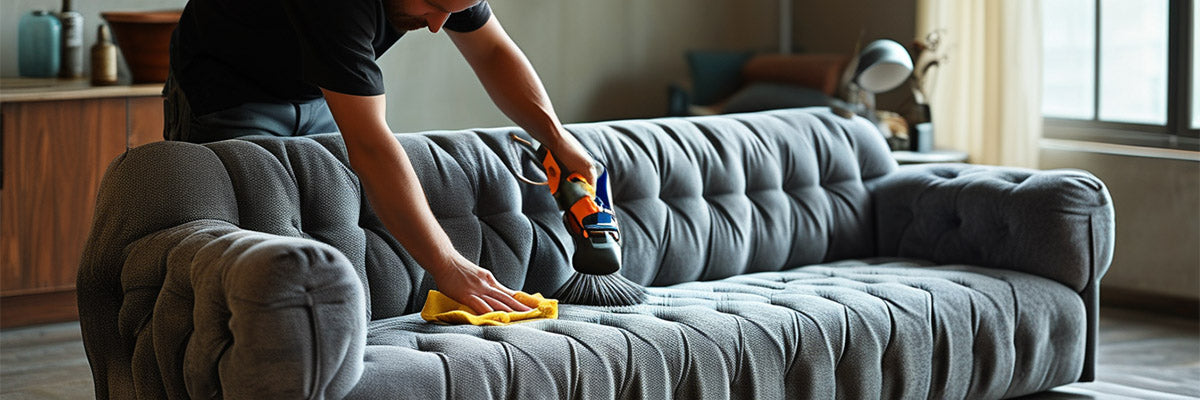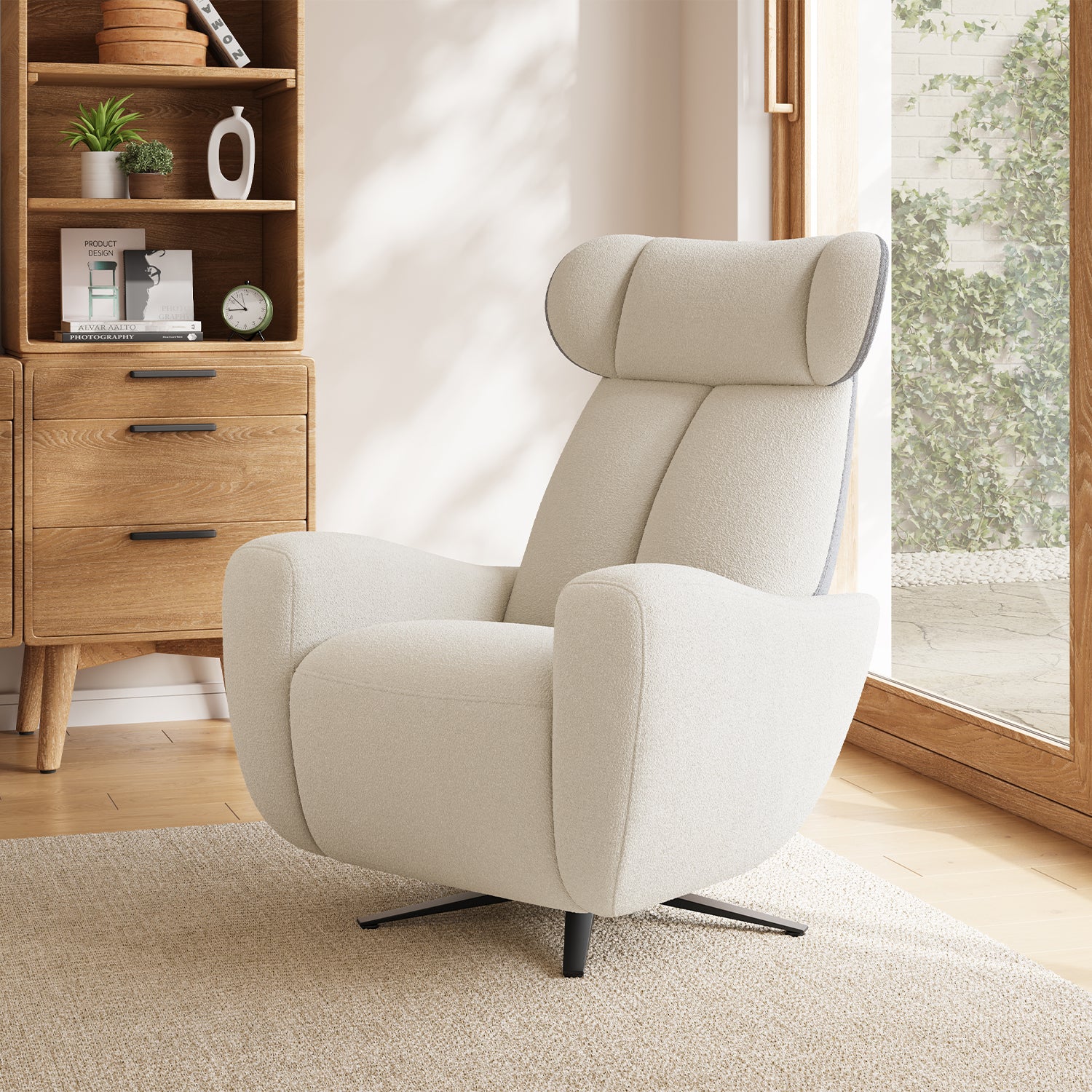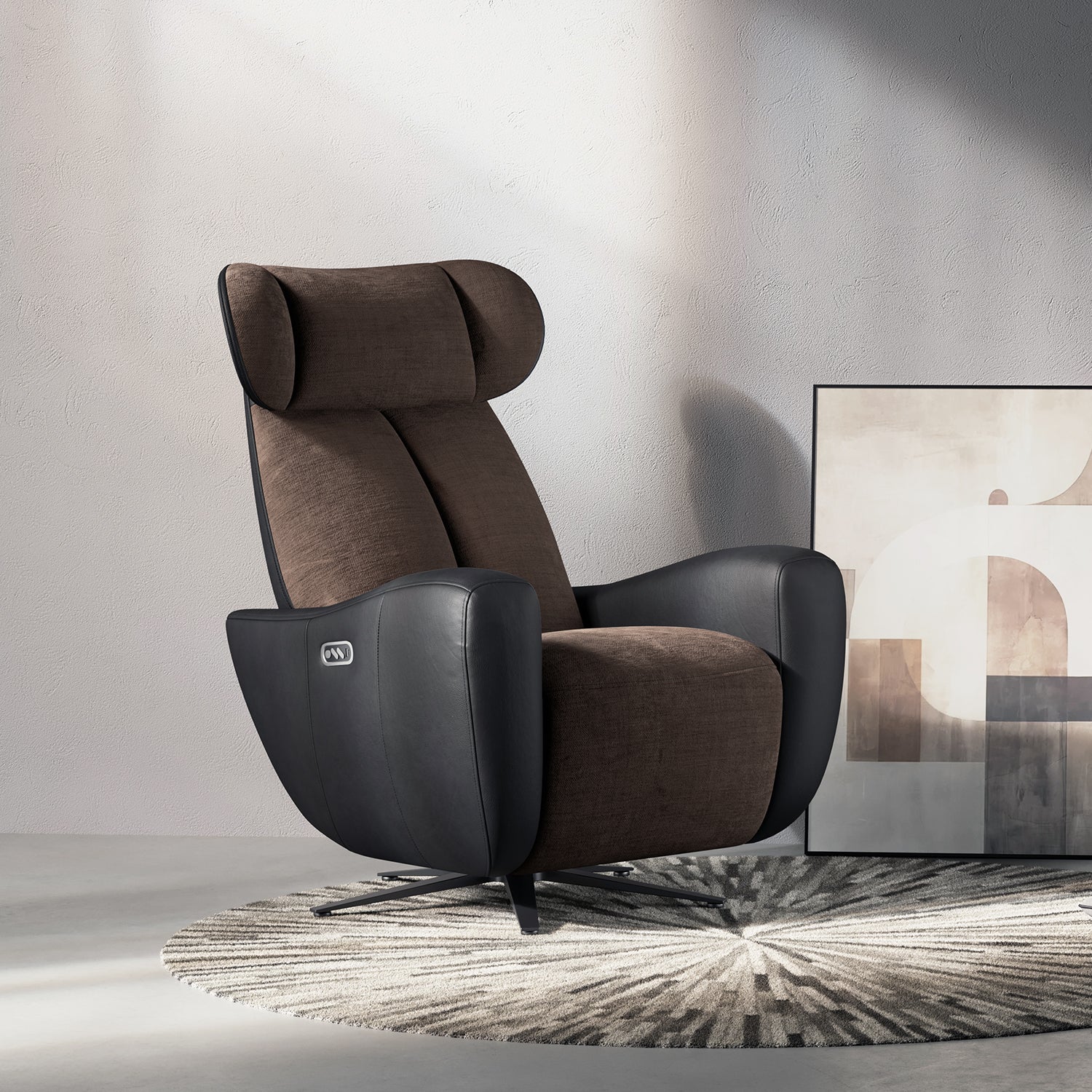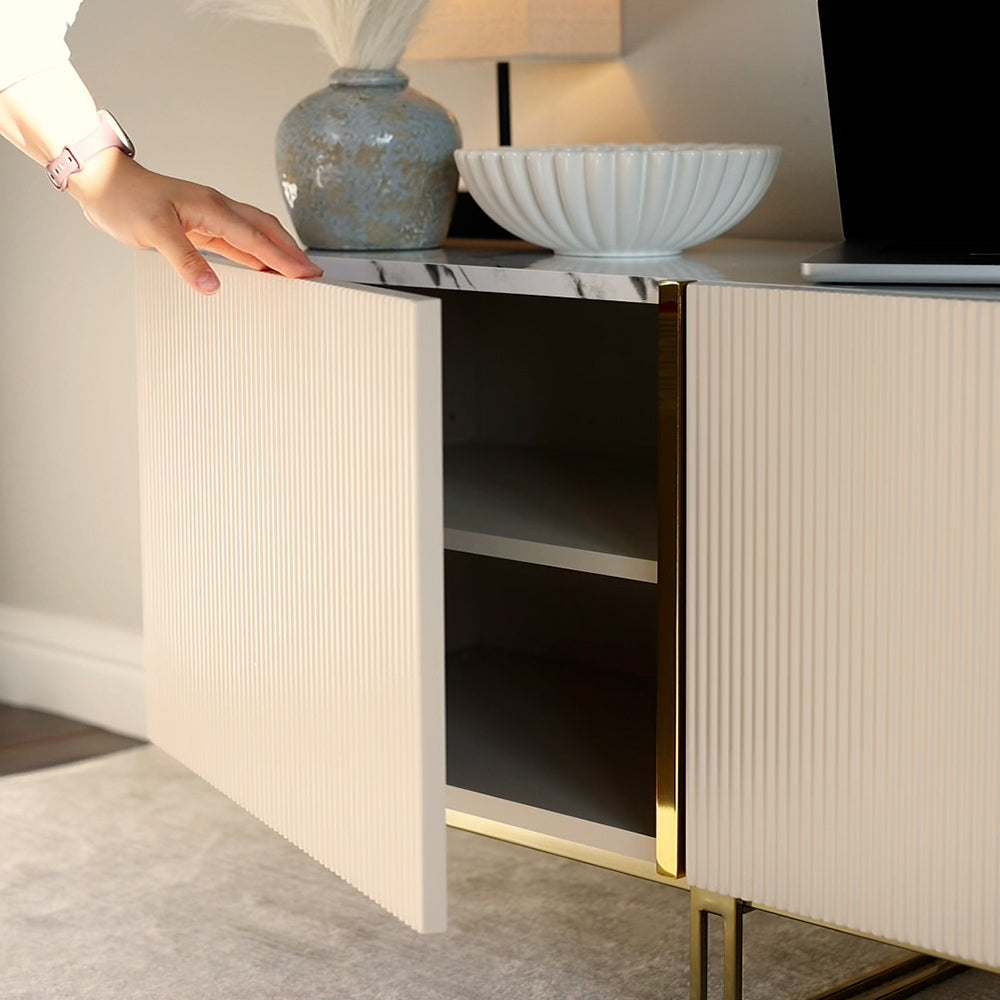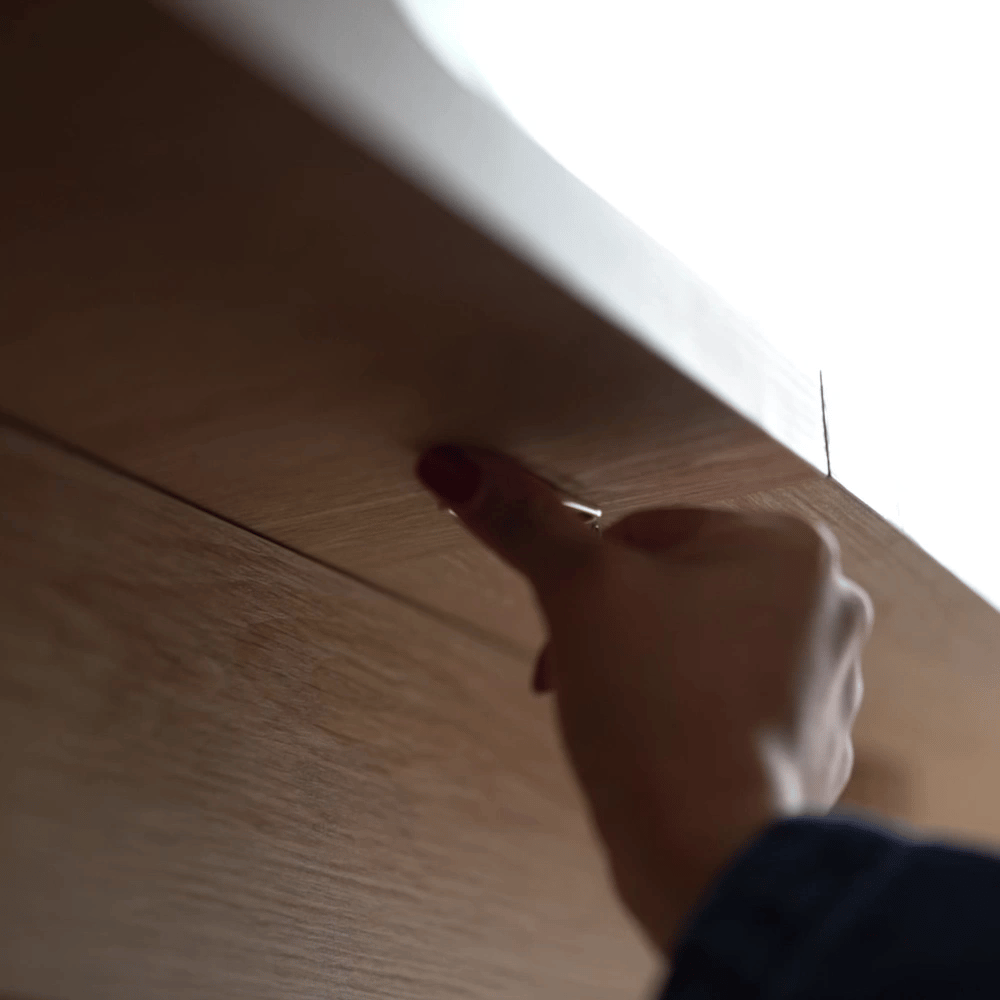Microfiber couches are popular for their durability, comfort, and sleek appearance. Known for being soft and resistant to stains, they are a go-to option for families, pet owners, and those looking for an easy-to-maintain sofa. However, even microfiber furniture requires regular cleaning to maintain its beauty and longevity. Over time, dirt, dust, and spills can accumulate on your couch, making it look dingy or worn.
The good news is that cleaning a microfiber couch at home is relatively easy, and with the right techniques and tools, you can restore its original look without the need for professional cleaning. In this article, we will guide you through the steps to clean a microfiber couch, remove stains, and keep it looking fresh.
Table of Content
What You’ll Need to Clean Your Microfiber Couch:
- Vacuum cleaner with upholstery attachment
- Soft-bristled brush (like a toothbrush or upholstery brush)
- Rubbing alcohol (isopropyl alcohol, 70% or higher)
- White cloths or towels (lint-free)
- Dish soap or mild detergent
- Baking soda (for odor removal)
- Spray bottle (optional, for applying rubbing alcohol)
- Cotton swabs (for detailed cleaning of seams and corners)
Step 1: Check the Care Instructions
Before diving into the cleaning process, it’s important to check your couch’s care tag. Microfiber upholstery can come in different types, and the care instructions will guide you on how to clean it properly. The care tag typically uses codes to indicate the recommended cleaning method:
- W:
Clean with water-based cleaners (e.g., dish soap, mild detergent, or a water-based solution).
- S:
Clean with solvent-based cleaners (e.g., rubbing alcohol).
- SW:
Clean with either water-based or solvent-based cleaners.
- X:
Vacuum only—do not use water or solvents.
If the tag has an S or X, you will need to be careful about using water-based solutions. If it’s labeled with SW or W, you can use both water and solvent methods.
Step 2: Vacuum the Couch

Start by vacuuming the entire surface of the microfiber couch using an upholstery attachment. This will help remove loose dirt, dust, pet hair, and crumbs that can be trapped in the fibers. Be sure to go over all areas, including the cushions, armrests, and seams, where debris can accumulate.
Step 3: Clean Stains and Spills
For Water-Safe Microfiber (W or SW tags):
- Dish Soap and Water Solution: Mix a few drops of mild dish soap with warm water in a spray bottle. Lightly mist the stained area, then blot it with a clean cloth. Avoid soaking the fabric, as too much water can cause the microfiber to lose its texture.
- Scrub Lightly: If the stain persists, use a soft-bristled brush or an old toothbrush to gently scrub the stained area. The brushing motion helps lift the fibers and remove embedded dirt.
- Rinse and Dry: Once the stain is removed, lightly mist the area with clean water and blot with a dry cloth to absorb any remaining moisture. Let the couch air dry.
For Solvent-Clean Only Microfiber (S or X tags):
- Rubbing Alcohol: Fill a spray bottle with rubbing alcohol (70% isopropyl alcohol works best). Lightly spray the stained area, and then blot the stain with a clean white cloth. The alcohol will lift the stain without damaging the microfiber. Rubbing alcohol evaporates quickly, so there’s less risk of water stains or moisture damage.
- Scrub with a Brush: After blotting, use a soft brush to gently rub the area in a circular motion. This will help the fabric maintain its texture and prevent the fibers from becoming matted. The alcohol helps to break down grease and other stains, so this step should effectively clean the area.
For more persistent stains, repeat the process until the stain is gone.
Step 4: Remove Odors and Freshen Up the Fabric
Over time, your microfiber couch may develop odors due to spills, pet accidents, or general wear and tear. Here’s how to eliminate them:
- Baking Soda:
Sprinkle a generous amount of baking soda over the couch’s cushions and fabric. Let it sit for 15–30 minutes to absorb odors, then vacuum it up thoroughly. This is a natural way to refresh the fabric without using harsh chemicals.
- Dry Clean Only Option:
If your couch’s fabric is labeled X (dry clean only), avoid using any water or liquid solutions. Instead, use a dry cleaning solvent or a foam-based upholstery cleaner specifically designed for dry clean-only fabrics.
Step 5: Restore the Texture of the Microfiber
After cleaning, you may notice that the fabric appears flat or slightly matted in areas, especially where the stains were. To restore the soft, plush texture of the microfiber:
- Fluff the Fabric:
Once the couch is dry, use a soft-bristled brush (such as a toothbrush or upholstery brush) to gently brush the fabric in the direction of the fibers. This will help raise the fibers and restore the couch’s softness.
- Steam (Optional):
If your couch still looks matted, a steam cleaner (on a low setting) can be used to gently steam the fabric. Hold the steam nozzle a few inches from the surface and use the brush to lift the fibers. This can help soften the couch and make it feel like new again.

Step 6: Maintain Regular Cleaning
To keep your microfiber couch looking its best, regular maintenance is key:
- Vacuum Weekly:
Regular vacuuming prevents dust and dirt buildup, which can wear down the fabric over time. Aim to vacuum your couch once a week, especially in areas with heavy use.
- Spot Clean Immediately:
When spills happen, clean them up immediately. The faster you act, the less likely the stain will set.
- Cover with a Throw or Slipcover:
Consider using a slipcover or decorative throw to protect your couch from stains, spills, and excessive wear.
Conclusion
Cleaning your sofa armrests may seem like a small task, but it can have a big impact on the overall appearance and hygiene of your sofa. Regular cleaning and maintenance will not only extend the life of your couch but also ensure a comfortable and pleasant experience for you and your guests. Whether your sofa is made of fabric, leather, or suede, following these steps will help you keep the armrests looking fresh and stain-free. Remember, the key to avoiding deep stains and damage is regular upkeep and prompt attention to spills. With the right care, your sofa can stay looking new and welcoming for years to come.
If you want to buy our home furniture or couch for living room, you can check out more on our store



